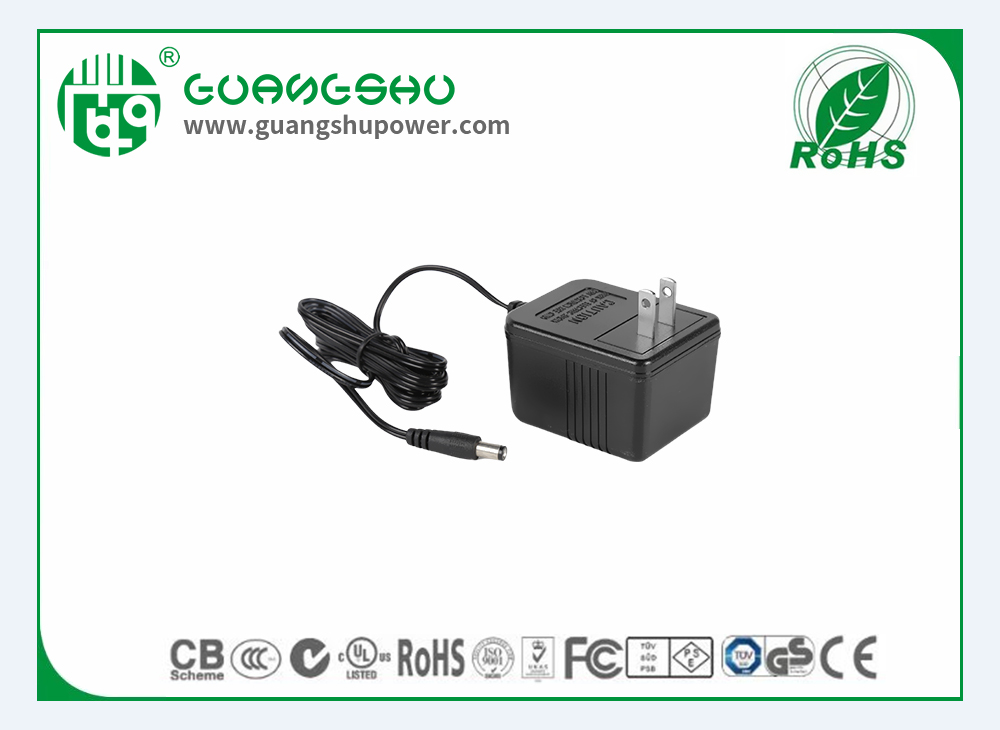Time:2025-07-12 Views:0

Transformers are critical electrical equipment widely used in power systems, industrial production, and daily life. Ensuring their safe operation is of paramount importance to prevent electrical accidents, equipment damage, and even casualties. Here are comprehensive safety precautions for transformer usage.
First, installation environment is crucial. Transformers should be installed in a dry, well-ventilated area with no corrosive gases, dust, or flammable materials. The ambient temperature should be within the range specified by the manufacturer, typically between -25°C and 40°C. Avoid direct sunlight exposure, as excessive heat can lead to overheating of the transformer. Additionally, the installation foundation must be stable and level to prevent vibration, which may cause loose connections or damage to internal components over time.
Second, electrical connections must be handled with extreme care. Before installation, ensure that the input and output voltages of the transformer match the power supply and the load requirements. All connections, including terminals and cables, should be tight and secure to prevent poor contact, which can result in arcing, overheating, and energy loss. Use appropriate cable sizes based on the current rating of the transformer to avoid overloading the cables. It is also essential to install proper protective devices such as fuses, circuit breakers, and surge protectors to safeguard the transformer and connected equipment from overcurrent, short circuits, and voltage surges.
Third, regular inspection and maintenance are vital for safe operation. Conduct daily visual inspections to check for signs of oil leakage (in oil-immersed transformers), abnormal sounds, excessive heating, or loose connections. For oil-immersed transformers, monitor the oil level and oil quality regularly. If the oil level is too low, it may expose the windings, leading to insulation failure. Contaminated or degraded oil should be replaced promptly to maintain good insulation properties. For dry-type transformers, check the insulation resistance periodically using a megohmmeter to ensure it meets the required standards. Clean the transformer surfaces and cooling fins regularly to remove dust and debris, which can impede heat dissipation.
Fourth, operation and monitoring during use are essential. Never overload a transformer beyond its rated capacity, as this can cause overheating, insulation breakdown, and premature failure. Monitor the temperature of the transformer during operation using built-in temperature sensors or external thermometers. If the temperature exceeds the maximum allowable limit, reduce the load or shut down the transformer to allow it to cool down. Pay attention to any abnormal sounds, such as buzzing, humming, or crackling, which may indicate internal faults. In such cases, immediately disconnect the transformer from the power supply and conduct a thorough inspection.
Finally, safety measures for personnel must be strictly followed. Only qualified and trained personnel should be allowed to install, inspect, maintain, or repair transformers. Always disconnect the transformer from the power supply and discharge any residual electrical charge before performing any work on it. Use appropriate personal protective equipment (PPE) such as insulated gloves, safety glasses, and insulated tools to prevent electric shock. Display clear warning signs near the transformer to alert unauthorized personnel to keep away.
Read recommendations:
5V2A Wall Plug Australian Standard
8.4V Australian standard charger
20V9A 180W C14 Switching Power Supply